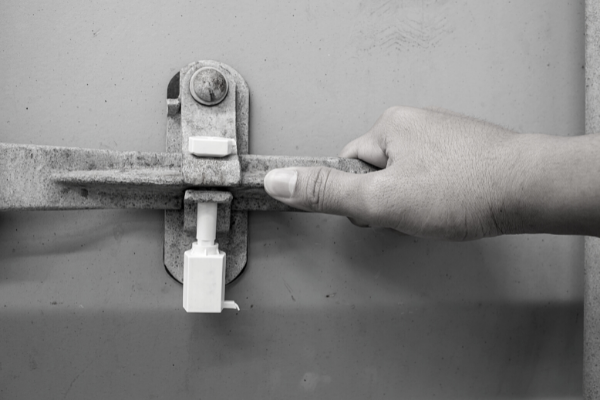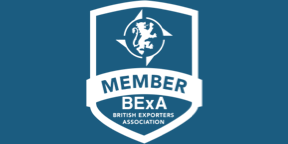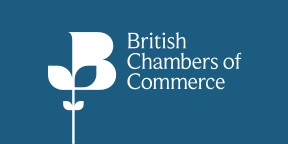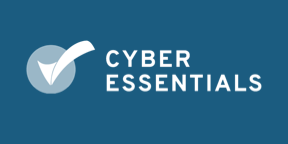BY:
SHARE:

There can often be confusion between the two types of "bonded" warehouses (an outdated term) that are authorised by HM Revenue & Customs. This can lead to incorrect customs declarations being made and traders (and their agents) being found non-compliant by HMRC, and responsible for the taxes due.
In this short article we try to explain the difference between the two types of warehouses. But before we do that, we should explain the difference between goods that are not in free circulation and excise goods.
Goods "Not in Free Circulation"
Also known as T1 goods, these are goods where the import duties and other taxes, including excise duties, have not been paid to HMRC. The goods remain under customs control until all the duties and taxes have been paid.
Goods in "Free Circulation"
Also known as T2 goods, these are goods where the import duties and other taxes, including excise duties, have been paid to HMRC. The goods can be freely traded within the UK.
Excise Goods
These are goods where the import duties only have been paid. The excise duties remain outstanding. Although the goods are in free circulation from an import customs clearance perspective, they remain under customs control until the excise duties have been paid.
Customs Warehouse
A Customs warehouse is authorised for the storage of goods that are "not in free circulation". The import duties, including excise duties and VAT are suspended on entry into the customs warehouse and are payable upon removal to free circulation (also known as home use).
A customs warehouse is also authorised for the movement of such goods from the port/airport of import to the customs warehouse, and the movement of such goods from the customs warehouse to the port/airport of export.
The authorised customs warehouse keeper's guarantee with HMRC covers both the storage of the goods and the movements described above.
It should be noted that, at export, the warehouse keeper's responsibility for the duties and taxes does not end until the "Goods Departure Message" is received back from HMRC and the goods have left the UK. At this stage, the liability to excise duties and VAT is discharged.
Excise Warehouse
An excise warehouse, also known in the EU as a tax warehouse, is authorised for the storage only of excise goods in free circulation. Excise goods in free circulation are goods that have either been produced in the UK or have been imported into the UK with import duties only paid upon importation. Excise duties, together with the VAT are suspended on entry into the excise warehouse.
It should be noted that the authorised excise warehouse keeper's guarantee only covers the storage of the goods.
Movements into, and out of an excise warehouse must not be undertaken without an excise movement guarantee being in place, and that is where the Excise Movement and Control System (EMCS) plays a vital role.
At import, the EMCS is mandatory for the movement of excise goods in free circulation from the port/airport of import to an excise warehouse using Customs Procedure 0700.
At export, the EMCS is mandatory for the movement of excise goods in free circulation to the port/airport of export from an excise warehouse using Customs Procedure 1007.
Under the EMCS there must be a registered user. At export this is usually the registered excise trader/warehouse keeper. At import it is the customs broker. Note that it cannot be the registered excise trader/warehouse keeper.
Under the system, the EMCS registered user must raise a movement declaration known as an electronic Administrative Document or e-AD. Upon acceptance of the declaration the system will generate an Administrative Reference Code or ARC.
Without the ARC, the goods cannot move.
You can read about the EMCS elsewhere on our website. HMRC has completion guidance here:
We also undertake both public and bespoke training on the EMCS. You can find out more here:
https://www.strongandherd.co.uk/
Warehouse Identification References
A public customs warehouse example identification reference is R1234567GB.
- Where R denotes a public warehouse
- 1234567 is the 7-digit warehouse authorisation identifier
- GB is the authorising country (can only be GB)
Note that, with a public customs warehouse, the warehouse keeper and the depositor are different parties.
A private customs Warehouse example identification reference is U1234567GB.
- Where U denotes a private customs warehouse
- 1234567 is the 7-digit warehouse authorisation identifier
- GB is the authorising country (can only be GB)
Note that, with a private customs warehouse, the warehouse keeper and the depositor are the same.
An excise warehouse example identification reference is YGB00001234567GB.
- Where Y denotes an excise warehouse
- GB00001234567 is the 13-character warehouse authorisation identifier
- GB is the authorising country (can only be GB)
For goods being entered to a customs warehouse (public or private)
All the items on a declaration being entered to the customs warehouse must be:
- Entered to the same customs warehouse Id in DE 2/7, and
- Have the requested Procedure Code of 71 in DE 1/10 as the first and second digits
For example: Procedure 7100 for entry into a customs warehouse (public or private).
Agents must have prior written approval from the authorisation holder to enter goods to customs warehousing on their behalf and ensure a copy of the declaration is returned to the holder.
For goods being removed from a customs warehouse (public or private)
All the items on a declaration being removed from a customs warehouse must be:
- Removed from the same customs warehouse
- Have the previous Procedure Code of 71 in DE 1/10 as the third and fourth digits
For example: Procedure 4071 for removal to free circulation and home use.
Procedure 3171 for removal to export.
For goods being entered to an excise warehouse
All the items on a declaration being entered to an excise warehouse must be:
- Entered to the same Excise Warehouse Id in DE 2/7, and
- Have the requested Procedure Code of 07 in DE 1/10 as the first and second digits
For example: Procedure 0700 for entry into an excise warehouse.
Once the import declaration has been cleared, an EMCS movement must be created (e-AD) and the EMCS generated ARC number must travel with the goods to the excise warehouse. The excise warehouse keeper will "receipt" the ARC and the EMCS movement will be discharged.
For goods being removed from an excise warehouse to home use
A CDS customs declaration is not required as this is a domestic transaction, import duties having been paid before the goods were moved to the excise warehouse. The excise warehouse keeper will have a separate authorisation with HMRC for the removal of excise goods to home use and accounting for (and paying) the excise duties and VAT.
For goods being removed from an excise warehouse for export
An EMCS movement must be created (e-AD) and the EMCS generated ARC number must travel with the goods to the port/airport of export.
An export declaration must also be completed, with the ARC number being input as a "Previous Document" in DE 2/1 using Z and AAD.
The export declaration must be both "arrived" and "departed" to ensure that the EMCS movement is discharged.
Important Note about Excise Goods at Export
Excise goods being removed from an excise warehouse for export must be transported directly to the port/airport.
Consolidation with other cargoes at, for example a forwarder's warehouse or a haulier's premises is not permitted.
In the event of the goods not being sent directly to the port/airport, a duty point will be created under UK Excise legislation and all parties to the movement, including the freight forwarder and haulier, may become liable for the excise duty.
OneCall™ Email assistance as and when required; A one-call solution for all your import, export and customs enquiries. Export help. Import help. Customs help.
Stay informed about customs and international trade matters by subscribing to our OneCall™ service. This comprehensive offering includes a dedicated email helpline for support, timely practical updates direct to your inbox (Did You Know?), monthly UK Customs & Trade Briefings and access to an interactive members' area with an exclusive community for our subscribers.
International Trade Updates & Spotlight Newsletter
Subscribe to our free information emails covering international trade topics...









